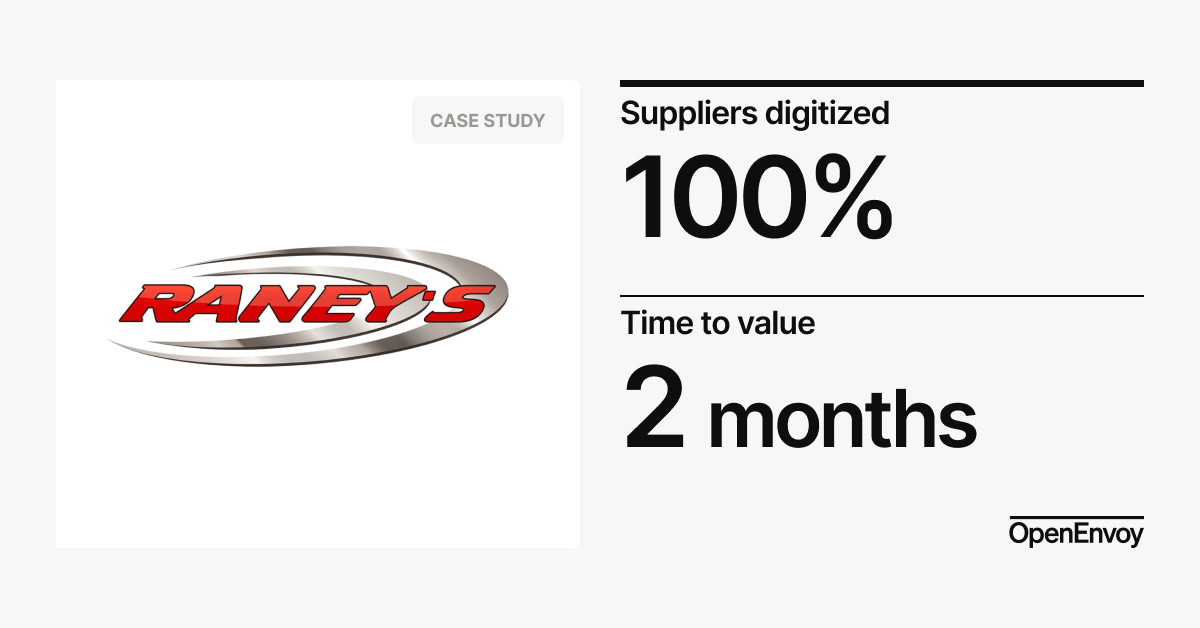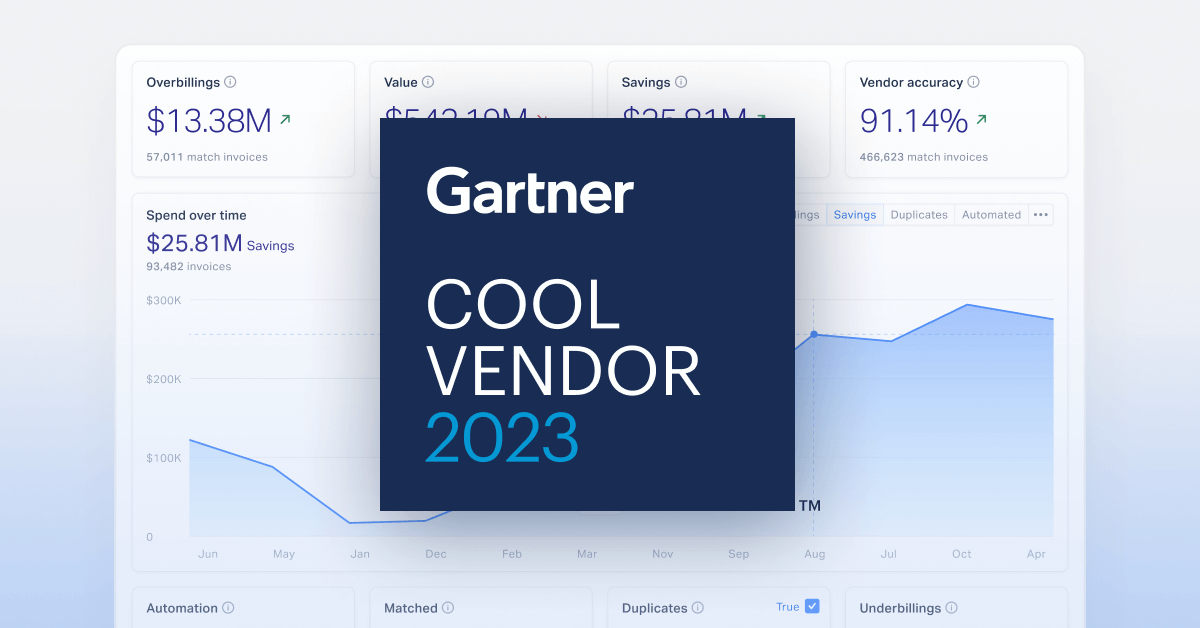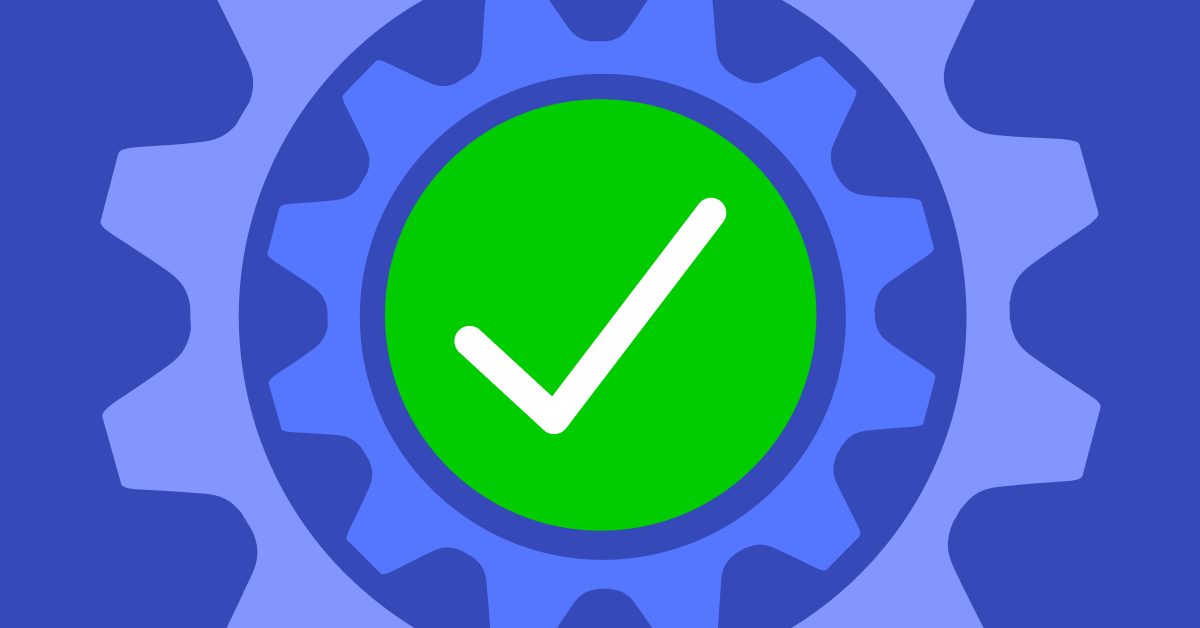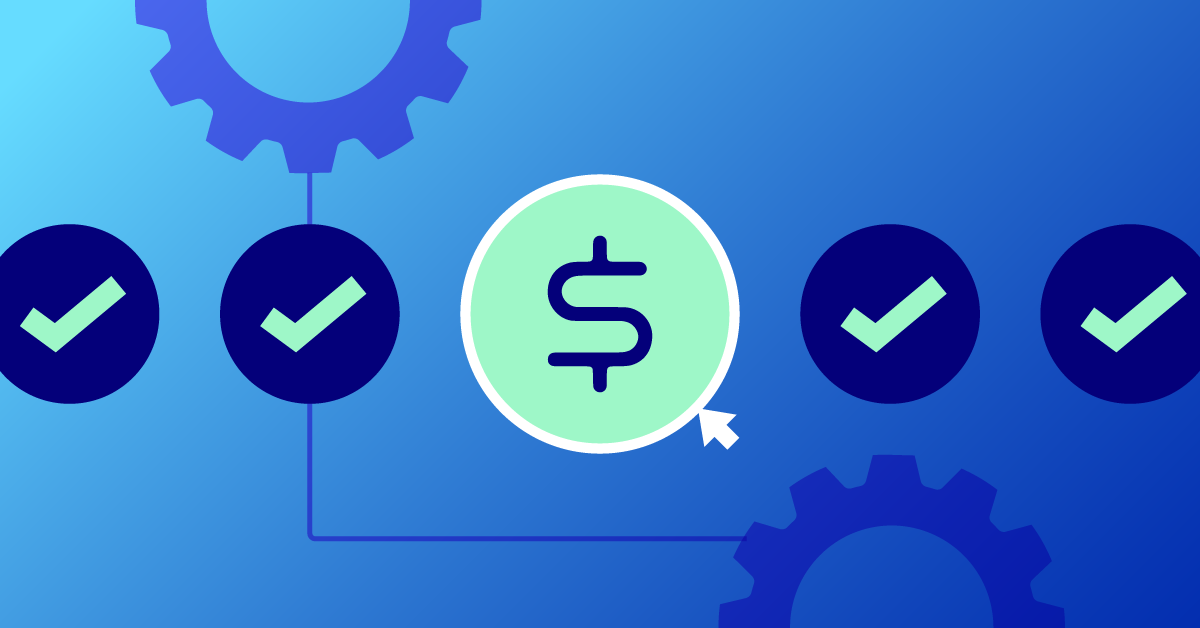Most finance executives have recently focused on improving their accounts payable (AP) processes. With new accounting solutions hitting the market every year, it's like there is a race to automate the accounting function. But what if we told you there's more to AP efficiency than just digitizing invoices and payments?
Simplifying Accounts Payable
In the past years, many accounts payable processes have shifted from paper-based, back-office work to primarily digital. However, while technology has digitized processes, there are significant opportunities for optimization. According to a recent survey by the Controller's Council, most finance leaders believe that their back office is not sufficiently automated. In addition, the respondents ranked accounts payable as having the most manual work, with time spent on manual and repetitive tasks being the biggest challenge in the finance office.
The digitization of AP has indeed bolstered its capacity, but the fact remains that it still takes a substantial amount of hurdles to complete simple tasks. For example, in a global study by The Institute of Financial Operations and Leadership (IFOL), 68% of accountants reported manually entering invoices into their ERP/accounting software, and 56% stated that they spend at least 25% of their workweek processing invoices and supplier payments.
In 2022, spending time on back-office tasks will not generate the value needed to boost revenue or promote innovation. However, there are specific methods the finance team can implement to capture the total value of accounting technology.
Here are 5 best practices to implement into your AP function:
- Invest in Preventative Automation Software
Above anything else, AP automation should always be preventative. The latest technology audits every invoice before you pay by automatically removing duplicate invoices, verifying surcharges, and offering spend insights to help with planning and forecasting. In addition, the AP team can leverage custom dispute functionality to resolve the issues with their vendors quickly. In all, the software enables the finance team to eliminate wasted spend while improving efficiency in other areas of the AP department.
- Streamline Workflows and Approvals
To initiate immediate efficiency in your AP function, you need to remember one word: simplify. For example, using automated workflows and custom rules to create approval thresholds streamlines invoice auditing and minimizes the need for human intervention. By setting up transparent workflows, the AP team avoids bottlenecks to accelerate approvals and meet payment deadlines.
- Dispute Errors and Track Vendor Billing Performance
One of the most significant pain points is managing invoicing errors and trying to claw back overpayments from vendors. Invoice dispute management is critical for controlling corporate spend as disputes can cause costly disruptions to the AP team and lead to financial losses, among other things. The right AP automation system quickly and easily identifies discrepancies between the invoice and its supporting documents. Then, teams can generate detailed information about the difference and send it directly to the vendor to support the dispute claim. With high levels of visibility and immediate communication, disputes can be resolved quickly.
- Review Payment Terms Regularly and Leverage Payables Data
One of the best ways to improve your accounts payable process is to review your payment terms regularly. Often, businesses will fail to review payment terms, leading to missed opportunities to improve or negotiate terms for ongoing contracts. AP automation unlocks end-to-end spend visibility and tracks payables data over time. With access to real-time spend insights, the AP team can determine which vendors are their best business partners, forecast cash needs, and use data to eliminate month-end reporting headaches.
- Transition the AP Function From Cost Center to Revenue Center
With new technologies and best practices, the AP function can be transitioned to a revenue center. AP automation software reduces time spent on invoice auditing while creating accuracy and efficiency. As a result, accounting teams have more time to concentrate on other aspects of the business like strategy, building relationships with vendors, managing dispute resolution, and more.
Accounts payable is vital to the proper functioning of the business. With these tips, finance leaders can evaluate their AP processes to spot inefficiencies and reinvigorate their operations. Creating end-to-end efficiency means taking a holistic approach to improving cash flow in the short term and supporting future scalability and growth.
Are you ready to go beyond digitized accounts payable processes to achieve operational excellence? Schedule a demo with an OpenEnvoy expert today, visit https://openenvoy.com/contact-us.



-1.png?width=620&height=620&name=1600x1600_Cover%20(7)-1.png)


